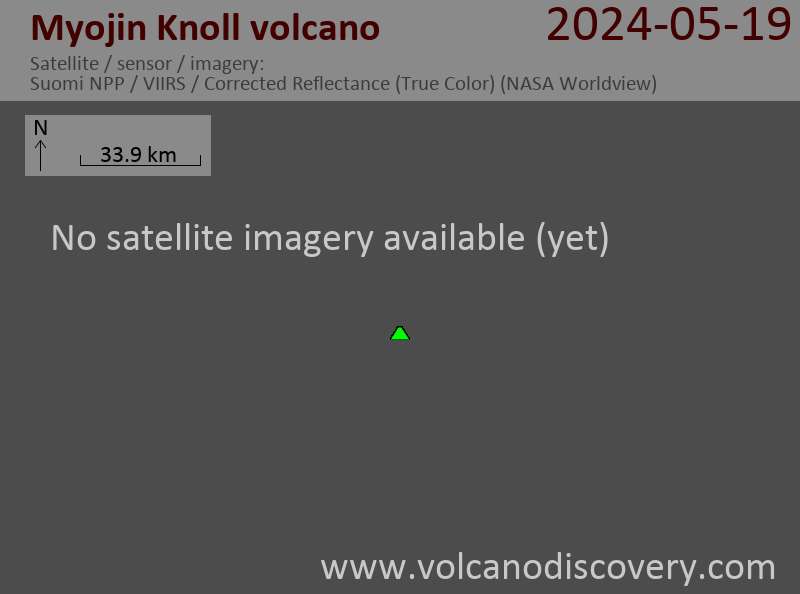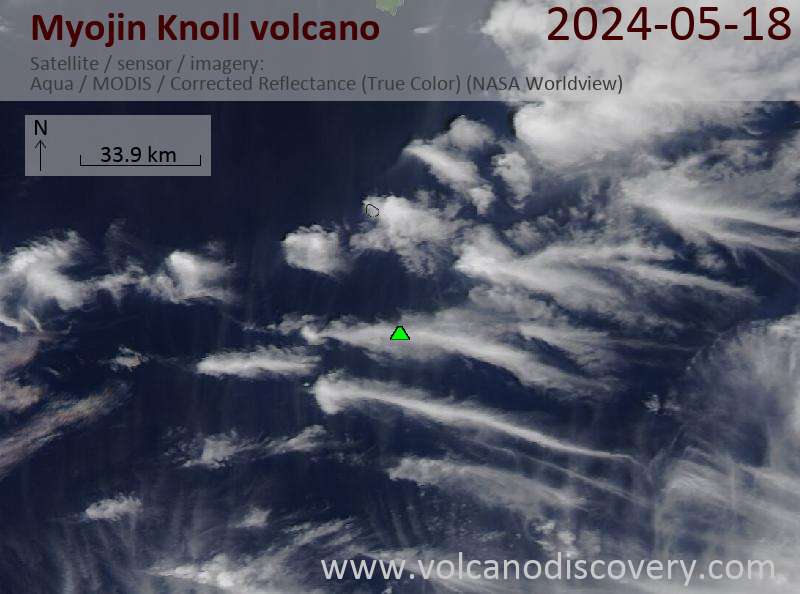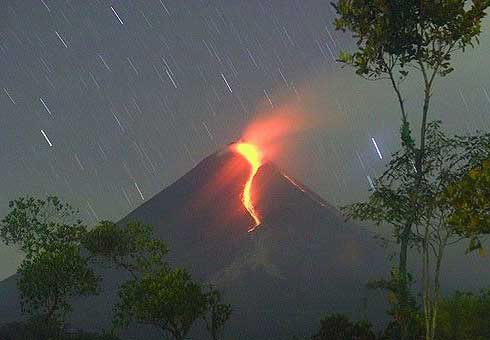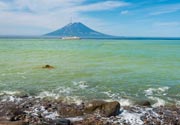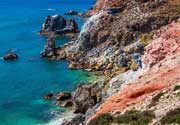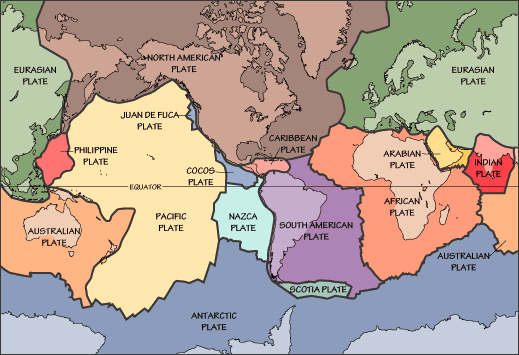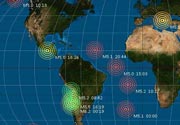Myojin Knoll Volcano
Updated: Apr 28, 2024 10:26 GMT -
submarine volcano -360 m / -1,181 ft
Izu Islands (Japan), 32.1°N / 139.85°E
Current status: normal or dormant (1 out of 5)
Izu Islands (Japan), 32.1°N / 139.85°E
Current status: normal or dormant (1 out of 5)
Myojin Knoll volcano is a large submarine caldera between Aoga-shima and Bayonnaise Rocks volcanoes in the Izu-Bonin arc. The volcano contains a 6-7 km wide and up to 900 m deep caldera with steep walls.
The highest point on the western caldera rim is a pumice-mantled remnant of the cone before the caldera formation, and reaches to a depth of 360 m. The eruption that formed the caldera could have been only a few thousand years ago.
[smaller] [larger]
Myojin Knoll volcano eruptions: unknown
Latest nearby earthquakes
| Time | Mag. / Depth | Distance / Location | |||
Background
The walls of the caldera, also known as Kita-Bayonnaise (North Bayonnaise) reveal rhyolitic lava flows, shallow intrusions, and volcaniclastic deposits. A voluminous blanket of coarse rhyolitic pumice from the caldera-forming eruption mantles the caldera rim and its outer flanks.Post-caldera eruptions formed a lava dome that rises 250 m above the caldera floor. The age of the caldera is not known, but was considered by Fiske et al. (2001) to perhaps be as young as a few thousand years. An active hydrothermal vent field lies on the eastern caldera floor and has produced a polymetallic sulfide deposit from vent chimneys up to 30 m high that emit fluids as hot as 278 degrees C.
---
Reference cited:
Fiske R S, Naka J, Iizasa K, Yuasa M, Klaus A (2001) "Submarine silicic caldera at the front of the Izu-Bonin arc, Japan: voluminous seafloor eruptions of rhyolite pumice.", Geol Soc Amer Bull, 113, pp 813-824
(from: Smithsonian / GVP volcano information)





